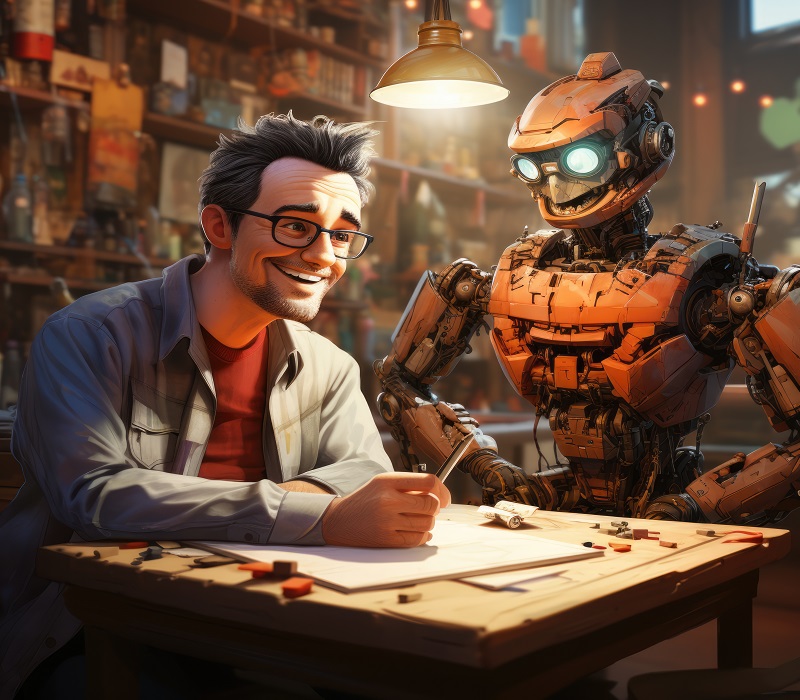Artificial intelligence is changing our world, but how do we ensure it’s safe and fair? The Keeper AI Standards Test is one of the most important tools for evaluating AI systems. Unlike basic performance checks, this test digs deeper—looking for biases, safety risks, and transparency issues before AI reaches the public.
In this guide, we’ll break down everything you need to know:
- What the Keeper AI test really measures
- Why it matters for businesses and regulators
- How the evaluation process works
- Real-world examples of AI failures it could prevent
- Controversies and limitations of the test
By the end, you’ll understand why this test is becoming a gold standard in AI accountability.
Why the Keeper AI Test Was Created
AI isn’t perfect. Without proper checks, it can make dangerous mistakes. In 2018, an automated hiring tool used by Amazon was found discriminating against women because it learned from biased resume data. Cases like this show why tests like Keeper AI exist—to catch problems before they cause harm.
The test was developed by AI ethicists who saw three major gaps in how companies evaluated their systems:
- No Standard for Fairness – Many AI models were tested only for accuracy, not ethical risks.
- Black Box Problem – Some AIs made decisions even their creators couldn’t explain.
- Real-World Safety Blind Spots – Labs tested AI in controlled environments, not messy real-life scenarios.
The Keeper AI Standards Test fixes these issues by grading AI on safety, fairness, and transparency—not just technical performance.
How the Keeper AI Test Works (Step by Step)
Unlike simple pass/fail exams, this test uses a multi-stage evaluation:
1. Input Testing: Challenging the AI’s Limits
The AI is given tricky or misleading inputs to see how it responds. For example:
- A medical diagnosis AI might get incomplete patient data—does it guess or ask for clarity?
- A self-driving car system could face rare road conditions—does it react safely?
This reveals whether the AI fails gracefully or makes reckless decisions.
2. Bias Detection: Checking for Unfair Behavior
The test runs the AI through thousands of scenarios to uncover hidden biases. For instance:
- A loan approval model might be checked to see if it rejects applicants from certain neighborhoods unfairly.
- A facial recognition system is tested across different skin tones and genders.
Even subtle biases are flagged—something many companies miss in internal testing.
3. Human Expert Review
Finally, ethicists and engineers analyze the results. They ask:
- Can we explain why the AI made these choices?
- Would real people be harmed by these errors?
This step ensures machines don’t make unchecked judgment calls.
Who Uses This Test—And Why?
Tech Companies (Like Google & Startups)
Big firms use it to avoid PR disasters. For example, after Microsoft’s Tay chatbot started posting offensive tweets, tests like Keeper AI could have prevented the issue.
Smaller AI developers also rely on it to prove their credibility before selling to bigger clients.
Governments & Regulators
The European Union’s AI Act now requires safety testing for high-risk AI. Tools like Keeper help companies comply.
Researchers & Universities
AI labs use the test to compare different models. A language model scoring 90% on fairness is safer than one at 60%, even if both seem accurate.
Real-World Problems the Test Could Catch
Case 1: Racially Biased Healthcare AI
In 2019, a hospital algorithm prioritized white patients over sicker Black patients for treatments. The Keeper test would have flagged this bias early by checking decisions across races.
Case 2: Unsafe Autonomous Vehicles
Self-driving cars sometimes misread traffic signs. Rigorous input testing (like giving distorted signs) could expose these flaws before road testing.
Case 3: Fraudulent AI-Generated Content
With fake news spreading, the test evaluates if an AI labels its own outputs clearly—preventing misuse.
Criticisms: Is the Keeper AI Test Perfect?
Not everyone agrees on its value. Key debates include:
1. High Costs for Small Teams
Running full evaluations can cost thousands of dollars, pricing out indie developers. Critics argue this could centralize AI power in big corporations.
2. Rigid Standards vs. Innovation
Some engineers say strict rules might stifle creative AI approaches. For example, a cutting-edge model that works differently might fail old tests unfairly.
3. Who Decides the “Right” Answers?
The test relies on human judges. If those experts have blind spots, the test might too.
The Future of AI Testing
Despite flaws, the Keeper AI Standards Test is evolving. New versions now assess:
- Environmental impact (Does training the AI waste energy?)
- Long-term societal risks (Could this AI be misused in 10 years?)
As AI grows more powerful, independent testing will only get more crucial.
for more https://jalbiteblog.fun/
